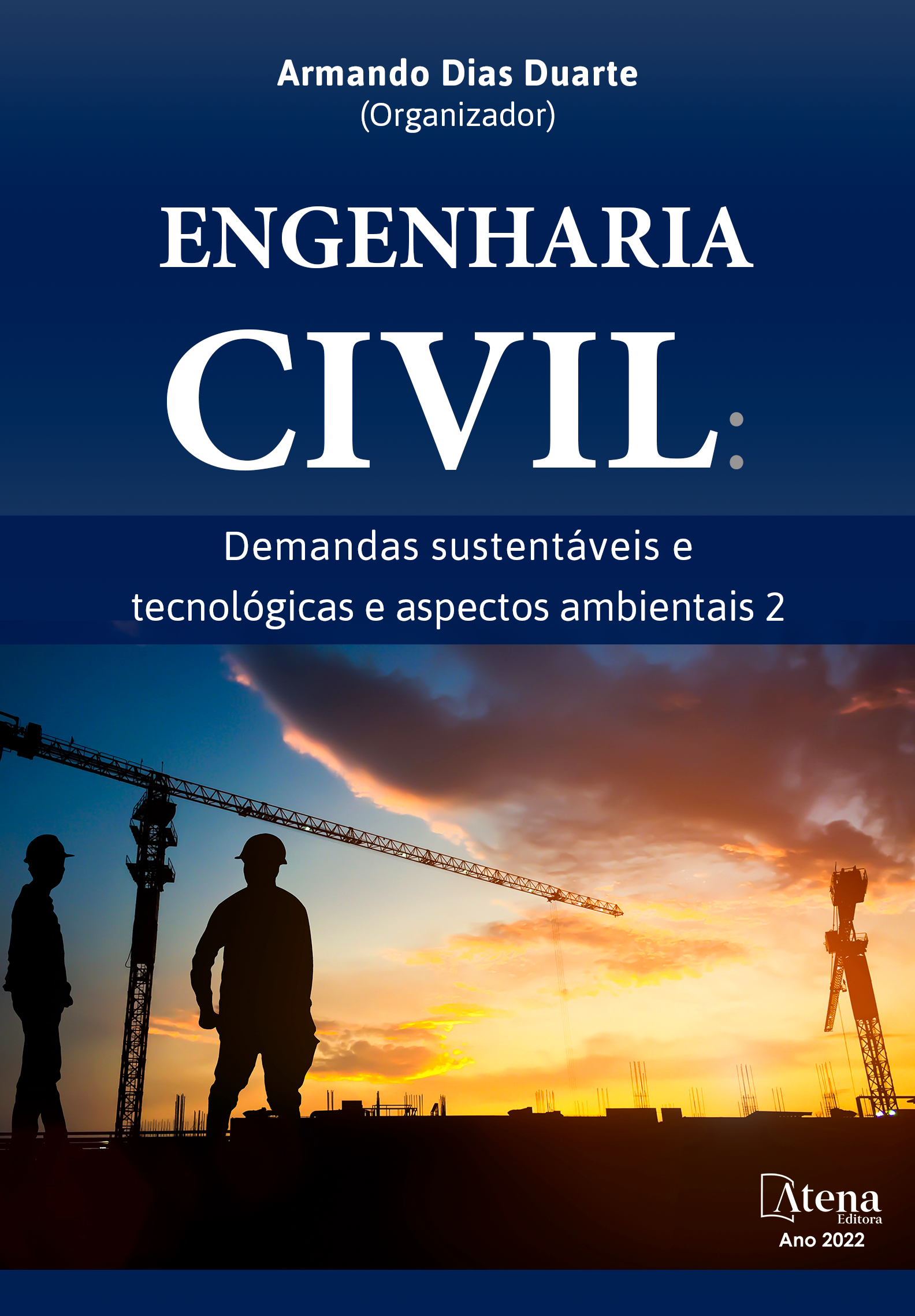
ANÁLISE AMBIENTAL DOS IMPACTOS NEGATIVOS GERADOS POR CEMITÉRIO – ESTUDO DE CASO
Os cemitérios quando não seguem as normas de implantação e operação, estabelecidas pelo CONAMA, podem ser fontes de potencial impactos ambientais, causando danos à saúde pública e ao ambiente. No processo de putrefação os cadáveres são gerados efluentes cadavéricos, gasosos e líquidos, que podem causar potenciais impactos no solo, nos corpos hídricos superficiais e subterrâneos e na qualidade do ar. O efluente produzido da decomposição dos corpos é o necrochorume, que possui uma alta carga de patógenos, rico em sais minerais e substâncias orgânicas degradáveis, incluindo a Cadaverina e a Putrescina, duas aminas altamente tóxicas. Os gases gerados são Ácido Sulfídrico (H2S), Mercaptanas, Dióxido de Carbono (CO2), Metano (CH4), Amônia (NH3) e Fosfina, (PH3). Os possíveis impactos ambientais negativos gerados pelo cemitério foram analisados neste trabalho. A investigação foi realizada no cemitério de São Luís, no município de Escada que fica localizado na Zona da Mata Sul do estado de Pernambuco. A metodologia utilizada para levantamento e análise dos dados foram visitas técnicas in loco, aplicação de questionário, registro fotográficos, e a matriz de Pressão-Estado-Impacto-Resposta (PEIR) que orientou na análise dos impactos e o que pode ser feito para mitigar ou evitar os problemas atuais e futuros. Durante as análises, observou-se que o gerenciamento das necrópoles está em desconformidade com as normas vigentes. Além do impacto que pode ser gerado pelo processo putrefação dos corpos, os resíduos sólidos gerados da exumação não têm destinação adequada e a falta de ossário é um dos grandes problemas. Na atividade cemiterial os riscos de contaminação e poluição irão sempre existir, porém estes riscos podem ser reduzidos, seguindo as normas de implantação e gerenciamento para cemitérios. Considerando estas áreas de potenciais impactos ambientais, é indispensável à fiscalização e monitoramento constante pelos órgãos responsáveis para prevenção e controle dos impactos provenientes desta atividade.
ANÁLISE AMBIENTAL DOS IMPACTOS NEGATIVOS GERADOS POR CEMITÉRIO – ESTUDO DE CASO
-
DOI: 10.22533/at.ed.8452211083
-
Palavras-chave: Jazigos, Riscos, Saúde, Meio Ambiente.
-
Keywords: Reservoirs, Risks, Health, Environment.
-
Abstract:
Cemeteries where they do not follow the implementation and operation regulations established by CONAMA can be sources of potential environmental impacts, causing damage to public health and the environment. In the process of putrefaction, the corpses are generated cadaveric, gaseous and liquid effluents, that can cause potential impacts in the ground, in the superficial and subterranean water bodies and in the quality of the air. The effluent produced from the decomposition of the bodies is necrochorume, which has a high pathogen load, rich in minerals and degradable organic substances, including Cadaverine and Putrescina, two highly toxic amines. The gases generated are Sulfuric Acid (H2S), Mercaptanas, Carbon Dioxide (CO2), Methane (CH4), Ammonia (NH3) and Phosphine, (PH3). The possible negative environmental impacts generated by the cemetery were analyzed in this work. The investigation was carried out in the São Luís cemetery, in the municipality of Escada, located in the Zona Sul Mata in the state of Pernambuco. The methodology used for data collection and analysis was on-site technical visits, questionnaire application, photographic record, and the Pressure-State-Impact-Response (PEIR) matrix that guided the impact analysis and what can be done to mitigate or avoid current and future problems. During the analyzes, it was observed that the management of the necropolis disagrees with the current norms. Besides the impact that can be generated by the putrefaction process of the bodies, the solid residues generated from the exhumation are not destined properly and the lack of ossuary is one of the great problems. In cemetery activity, the risks of contamination and pollution will always exist, but these risks can be reduced, following the rules of implantation and management for cemeteries. Considering these areas of potential environmental impacts, it is indispensable to the monitoring and constant monitoring by the responsible organisms for prevention and control of the impacts coming from this activity.
-
Número de páginas: 8
- Maria Clara Pestana Calsa
- Fernando Artur Nogueira Silva
- Fabio Machado Cavalcanti
- Andréa Cristina Baltar Barros
- Rosana Gondim de Oliveira
- Fábio Correia de Oliveira
- Fábio José de Araújo Pedrosa
- Luiz Oliveira da Costa Filho
- Luiz Vital Fernandes Cruz da Cunha
- Adriane Mendes Vieira Mota
- Sérgio Carvalho de Paiva
- DIOGO HENRIQUE FERNANDES DA PAZ
- Daniele de Castro Pessoa de Melo
- ADRIANA DA SILVA BALTAR MAIA LINS
- Eduardo Antonio Maia Lins


